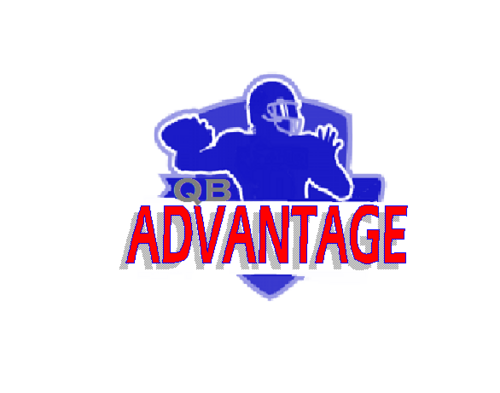Here are some of the notes I recorded from one of Neal Brown's 2009 presentations discussing tempo, the spot tag off quick game, and the missile screen. At this time, Coach Brown was still at Troy University. Although its from a few years ago, these guys are still doing a lot of the same stuff today. These are my notes and work for me, there's not a whole lot of description here because I am just trying to pick up a few things to build on what we already do in our system.
TEMPO
NASCAR - Keep it simple
-
Cadence (READY-GO!)
-
Run game – Power Read/Kick
-
Pass Game - Fast Screens, 63 DBL
-
Easy to block people when they cannot get lined
up.
CHEETAH NASCAR – No Subs, Same Formation, Few plays implemenented
for weekly game-plan
-
First Sound (GO!)
-
Defense tries to sub, illegal participation
penalties = +
-
(POWER, ZONE, FASTSCREEN, MESH)
NASCAR FREEZE – Nascar Tempo but no play ---- Cadence
(READY-GO-READY -GO-GO..)
-
FREEZE IN THE REDZONE!
-
Spend time going over freeze situations on
film.. Check Box for #s, Find Safeties
-
Rep checking freeze alignments in film over and
over.
-
Have a check system in place in your mind!
ARMY call – ARMY = KEY WORD! AUTOMATIC TOSS TO SIDEDLINE..UNBALANCED TACKLE
OVER. 10 PERSONELL. ALWAYS RUNNING TOSS
OR BUBBLE SCREEN TO SIDELINE.
-
TACKLE MOVES OVER TO SIDELINE
-
BACK MOVES OVER TO SIDELINE
-
WRS TO SIDELINE
-
FULL STRETCH BLOCK TO SIDELINE (MAKE AN
UMBRELLA)
-
INSIDE WR (Y) SEAL THE BOX!
QUICK GAME
TAG SPOT ON BACKSIDE OF ANY QUICK
GAME OUT OF TRIPS – SPOT-SCAT.
6 YD spot – Inside angle, 6 yards, find grass. Do not show eyes to QB until ready to catch the ball.
Free Scat - similar to swing, but after 5 steps, gaining ground upfield.
Vs Zone - SCAT Throw should be on a line
vs Man - SCAT Throw should have air, leading RB downfield (similar to a wheel-type throw)

MISSLE SCREEN!
COULD BE OUR ANSWER TO HAVING TROUBLE WITH JAILBREAKS.
-
HAPPENS FAST, DOUBLE TEAM ON ALL LBS
-
BACK RUNS SWING AWAY
-
QB – OPEN, SHUFFLE SHUFFLE, EYES TO SWING,
RETREAT GET BIG FIND THROWING LANE/
-
QB vs
PRESSURE, RETREAT RIGHT AWAY, FLASH EYES, GET BIG AND MAKE THROW.
-
NEVER RUN IT BACK TO SINGLE WR SIDE
-
ONLY OUT OF ACE OR EMPTY
OL – PLAYSIDE TACKLE : 60S SET, HIGHWALL DE
PLAYSIDE GUARD : 60S SET, RELEASE FLAT, BLOCK ALLEY DEFENDER
CENTER – 60S SET, RELEASE TO MIKE
(4-1 FIND MIKE, 4-2 FIND LB TO PLAYSIDE)
BACKSIDE GUARD – 60S SET, RELEASE TO MIKE (4-1 FIND MIKE, 4-2 FIND LB TO
PLAYSIDE)
BACKSIDE TACKLE – 60S SET, RELEASE TO BACKSIDE LB, 4-1 OUTSIDE BACKER,
4-2 LB TO BACKSIDE).
SKILL -
BACKSIDE INSIDE WR – ATTACK BACKSIDE LB, DOUBLE TEAM WITH BACKSIDE
TACKLE
RB – SWING, KEEP RUNNING TO #S
BACKSIDE OUTSIDE WR – STALK MOST DANGEROUS, SET A BASE, UNDER CONTROL
PLAYSIDE INSIDE WR – STALK MOST DANGEROURS, SOFT CORNER = ATTACK ALLEY
DEFENDER, HARD CORNER = GET FLAT AND KICK OUT
PLAYSIDE OUTSIDE WR – FAST FEET, QUICK JAB STEP UPFIELD, GET FLAT DOWN
L.O.S. AT ABOUT ¾ SPEED, CATCHING BALL JUST OUTSIDE OF PLAYSIDE TACKLE. GET
NORTH, BANG YOUR HEAD ON THE GOALPOST.

